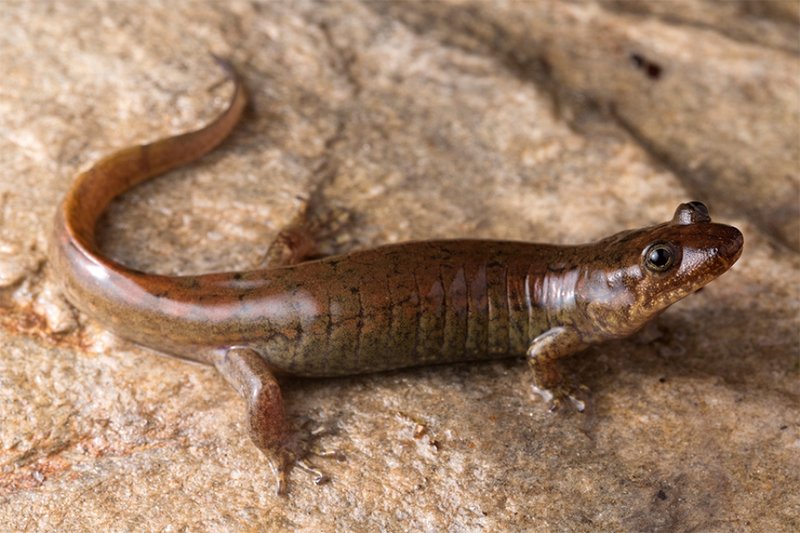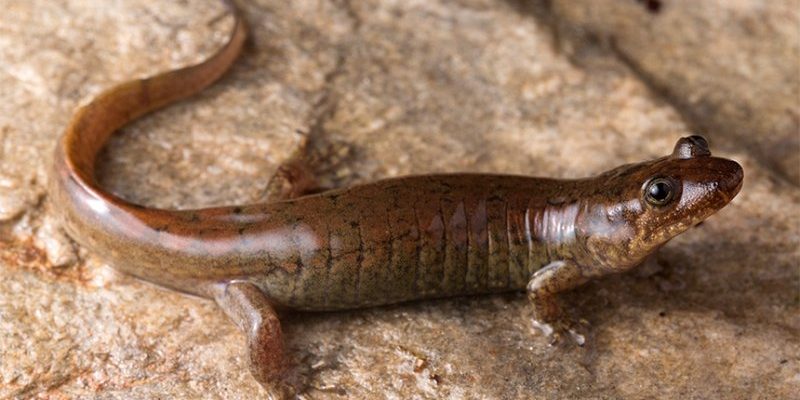
Think of the salamander as a living link between the past and the present. Just like a family keeps photos of ancestors to remember where they came from, salamanders carry the legacy of their ancestors in their very makeup. This evolutionary history is not just about their survival; it’s about adaptation, change, and the delicate balance within various ecosystems. So, if you’re sipping your coffee while pondering what really makes salamanders tick, buckle up! We’re diving deep into their past.
The Origins of Salamanders
Let’s kick things off by exploring where salamanders come from. The origins of salamanders date back to the Late Jurassic period, around 150 million years ago. At this time, the world was a very different place. Dinosaurs roamed the earth, and the first true mammals were just beginning to evolve. The earliest salamander-like creatures were part of a group called temnospondyls, which were amphibians that thrived in both aquatic and terrestrial environments.
Over time, these creatures began to separate from their ancestors. By the Early Cretaceous period, salamanders had started to look more familiar. They still bore some resemblance to their temnospondyl relatives, but their bodies began to adapt, allowing them to thrive in various habitats. As the continents drifted apart, so did the salamander species, leading to a fascinating diversification that set the stage for what we see today.
The transition from water to land is a big deal in evolutionary history. Salamanders kept part of their aquatic lifestyle even as they evolved. This is seen in their larval stage, where many species remain in water for an extended period before venturing onto land. This dual lifestyle is a unique aspect of their evolution that has allowed them to adapt to a variety of habitats.
Physical Adaptations Through Time
Salamanders are known for their stunning diversity, especially when it comes to their physical traits. Over millions of years, these creatures have developed a range of adaptations that cater to their specific environments. For instance, the axolotl, a type of salamander, retains its juvenile features even into adulthood, a phenomenon known as neoteny. This means it keeps its gills and aquatic lifestyle throughout its life.
In contrast, many terrestrial salamanders have developed features that help them survive on land. Their smooth, moist skin plays a vital role in respiration and hydration, so they remain close to humid environments. Their remarkable ability to regenerate lost limbs is another fascinating adaptation. If a salamander loses a leg, it can grow a new one—something that has intrigued scientists and sparked research into tissue regeneration.
Some species have also developed vibrant colors and patterns as a means of communication or camouflage. For example, the bright hues of the red eft serve as a warning to potential predators that it’s toxic. This combination of physical adaptations not only showcases the salamander’s evolutionary journey but also emphasizes their role in the ecosystem.
Salamander Classification
When it comes to classifying salamanders, it’s a bit like organizing a family reunion—everyone has a place! Salamanders belong to the order Caudata, which encompasses over 700 species, grouped mainly into two families: Plethodontidae (lungless salamanders) and Salamandridae (newts and true salamanders).
Lungless salamanders are fascinating because they breathe through their skin and the lining of their mouth. This makes them highly sensitive to environmental changes, and they need to stay moist to thrive. On the other hand, newts typically have a more complex life cycle, involving both aquatic and terrestrial phases.
You might wonder how scientists go about classifying these creatures. They look at factors like genetics, morphology, and behavior to understand relationships among species. This classification helps researchers study biodiversity and how salamanders adapt to changing conditions. It’s essential for conservation efforts, especially as many species face threats from habitat loss and climate change.
Salamanders in Different Ecosystems
Salamanders are found in various ecosystems, from forests to wetlands. Each type has adapted to its specific environment, playing a crucial role in maintaining the balance. For instance, forest-dwelling salamanders often thrive in moist leaf litter, where they feed on insects and other small invertebrates. This makes them important players in the food web, helping control insect populations.
In aquatic ecosystems, salamanders contribute to nutrient cycling. As both predators and prey, they help maintain ecosystem health by supporting the diets of larger animals. Furthermore, they serve as bioindicators, meaning that their presence or absence can signal the state of the environment. Healthy salamander populations often indicate clean water and balanced ecosystems, while declines can hint at underlying environmental issues.
You might be wondering why it matters to us. Well, preserving salamander habitats is crucial not just for their survival, but for the health of the ecosystems we all rely on. By ensuring these habitats remain intact, we help our planet’s biodiversity thrive.
Threats and Conservation Efforts
Despite their adaptability, salamanders face numerous threats today. Habitat destruction, climate change, and pollution are significant challenges. Urban development and agriculture have led to habitat fragmentation, making it harder for these creatures to find suitable environments. Many species are now endangered or at risk, prompting calls for conservation efforts.
One of the key strategies in protecting salamanders is habitat restoration. This involves rehabilitating damaged ecosystems and creating new habitats that cater to their needs. Conservationists are also focusing on protecting water quality, as clean, pollution-free waters are essential for their survival.
Moreover, research on salamander populations plays a vital role. By studying their behaviors, genetic diversity, and response to environmental changes, scientists can develop informed conservation strategies. Public awareness and education about these amazing creatures also contribute to their protection. The more we understand and appreciate salamanders, the more we can advocate for their preservation.
The Future of Salamanders
As we look to the future, the fate of salamanders hangs in the balance. Their evolutionary history shows us how resilient they can be, but it also highlights the challenges they face in a rapidly changing world. By understanding their history, we can better appreciate the importance of protecting these incredible creatures.
Hopefully, the ongoing research will lead to more effective conservation methods and public awareness campaigns. Supporting local efforts to preserve habitats and educate communities about salamanders can make a significant difference.
Ultimately, the story of salamanders is not just a tale of survival; it’s about interconnectedness. Just as they adapt and evolve over time, we too must adapt in our efforts to coexist with the natural world. By nurturing the environment, we create a future where salamanders—and all creatures—can thrive side by side with us.
As you sip your coffee and reflect on the world of salamanders, remember that every little action counts. Who knows? The next time you spot one of these slippery beauties, you’ll feel like you’re meeting an old friend from a long time ago.

